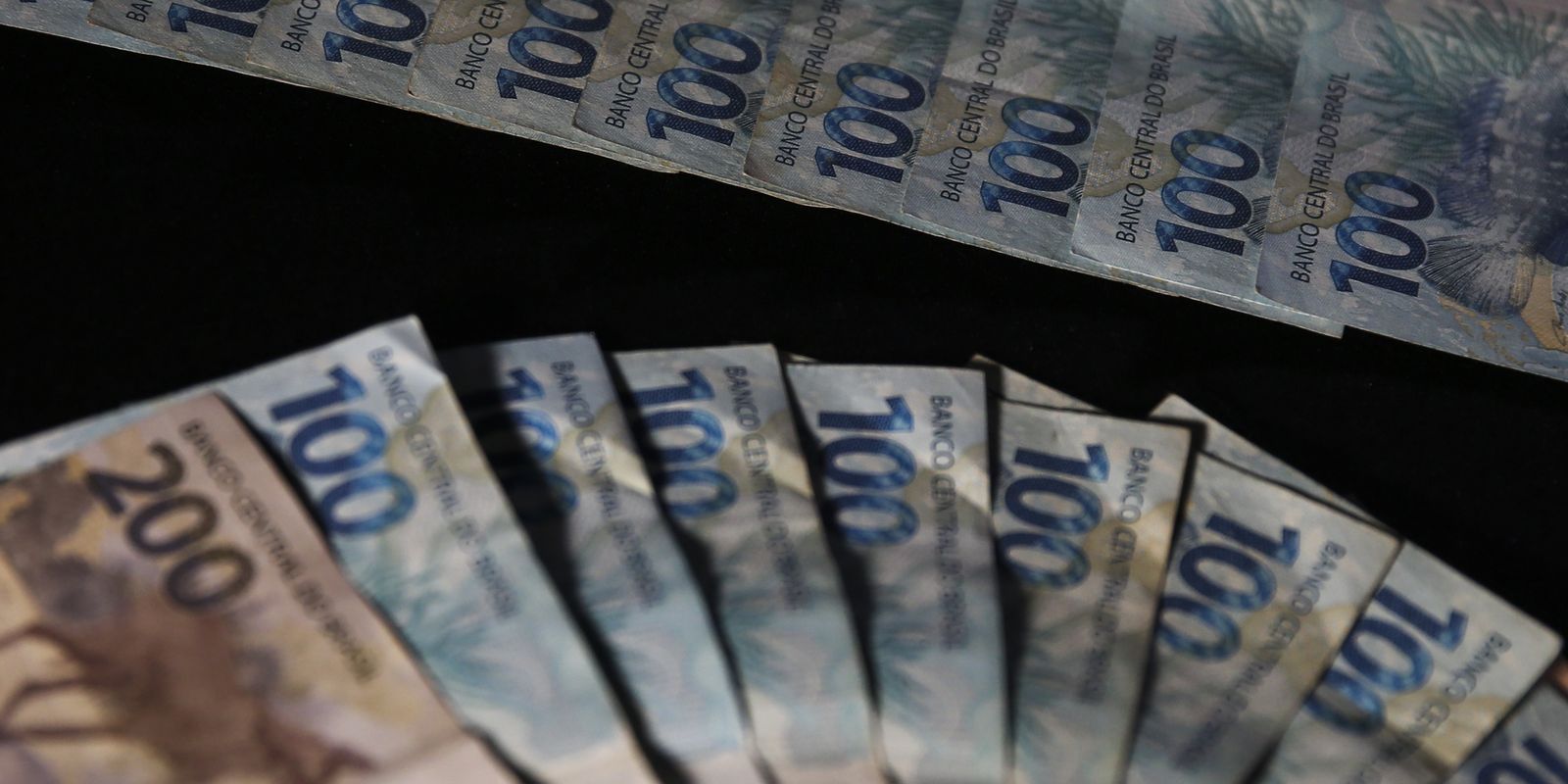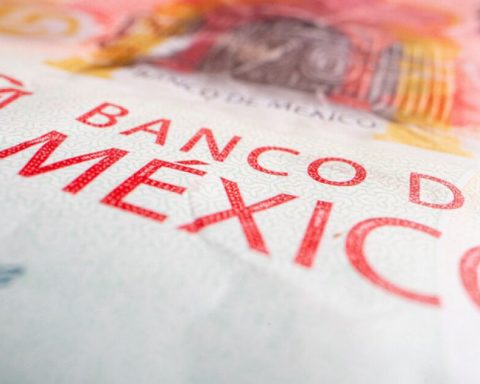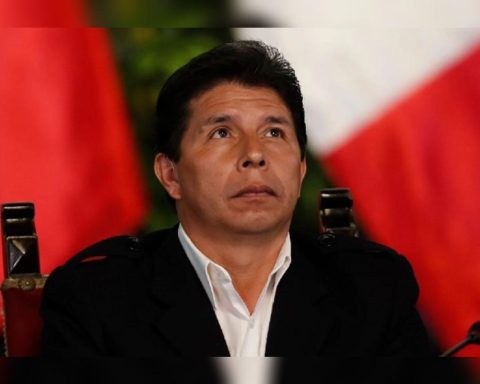Even with the release of R$1.6 billion from General Budget of the Unionthe Ministries of Health and Cities continue to be the departments most affected by the R$13.3 billion freeze. The distribution of funds was detailed in a decree published in an extraordinary edition of the Official Gazette of the Union late this Monday night (30).
On the 20th, the Bimonthly Revenue and Expense Report, a document that guides the execution of the Budget, reversed the contingency of R$ 3.8 billion announced in July, but increased blocked expenses from R$ 11.2 billion to R$ 13.3 billion.
According to the report, the volume of blocked expenses rose by R$2.1 billion, from R$11.2 billion to R$13.2 billion, but the contingency of R$3.8 billion announced in July was reversed, freeing a total of R$1.6 billion in expenses. The additional blockade had to be redistributed between ministries, which, by law, is defined ten days after the publication of the report.
Both the contingency and the blockade represent temporary spending cuts. The new fiscal framework, however, established different motivations. Blocking occurs when government spending grows more than the limit of 70% of revenue growth above inflation. Contingency occurs when there is a lack of revenue that compromises the achievement of the primary result target (result of government accounts without interest on public debt).
According to the decree published on Monday night, the Ministry of Health had R$4.5 billion blocked, R$100 million more than the amount retained in the previous report, in July. The other portfolios had budgetary relief, due to the reversal of the contingency of R$ 3.8 billion.
Even with the reduction in frozen funding, the Ministry of Cities came in second place, with R$1.8 billion, with the Ministry of Education in third, with R$1.4 billion.
The government also cut parliamentary amendments by R$974.9 million. Although almost all amendments are mandatory, the legislation establishes that, in the case of contingencies or blockages, they suffer a linear cut (same percentage for all amendments) in the same proportion as the cut in discretionary (non-mandatory) expenses.
The Growth Acceleration Program (PAC) saw a reduction of R$3.7 billion. Both blocking and contingency of expenses are done in discretionary expenses. Containment can affect both cost expenses (maintenance of public machinery, such as energy, internet, water, daily allowances, tickets and office supplies) and investments (public works and purchase of equipment).
Expense containment is done in the non-obligatory budget of ministries. Therefore, the adjustment is made in investments and cost expenses, such as electricity and water, daily allowances and tickets and communications services.
Primary deficit
For this year, the Budgetary Guidelines Law (LDO) foresees a target of zero primary deficit, with a tolerance margin of R$ 28.75 billion more or less, the equivalent of 0.25 percentage points of the Gross Domestic Product (GDP ). The latest version of the report reduced the deficit forecast to R$28.3 billion, within the tolerance margin.
The estimate was reduced because the Bimonthly Income and Expense Assessment Report incorporated an increase in revenue of R$30.1 billion in resources not managed by the Federal Revenue Service. The majority of this total, R$18.3 billion, comes from the approval of the law that will compensate for the extension of the payroll tax exemption until 2027.

















